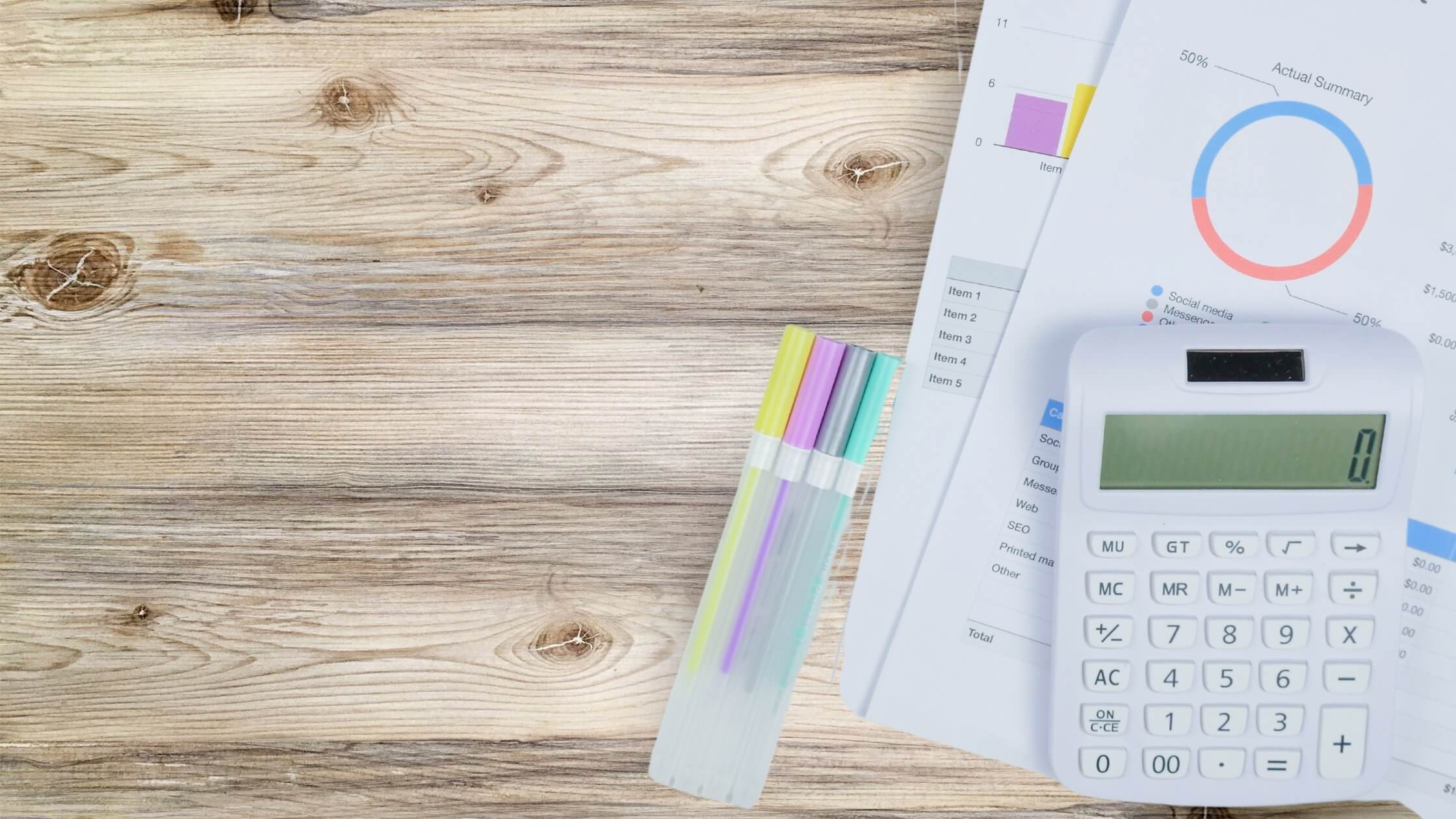Timber flooring is an elegant and long-lasting choice for many homes across Melbourne. However, over time, timber floors are subject to wear and tear, and eventually, you’ll face the decision of whether to repair or replace them.
Common Timber Floor Issues
Timber floors add warmth and beauty to your home, but they’re not immune to damage. The most common problems include:
Scratches and Dents: These can occur from furniture movement, pet nails, or general foot traffic. Minor scratches are often repairable with a spot treatment, while deeper dents may require more extensive repairs.
Discolouration: UV exposure can cause timber floors to fade or darken over time, especially in high-traffic areas or places with large windows. This fading can be addressed with refinishing.
Cracks and Gaps: As timber floors age, they may develop cracks or gaps due to moisture changes or settling of the home. If these are confined to a few boards, they can often be repaired; however, widespread issues may require full replacement.
Water Damage: Timber is particularly vulnerable to water damage. Spills, leaks, or high humidity can cause warping or swelling. Depending on the severity, damaged planks may need to be replaced entirely.
Worn Finish: Over time, the protective finish on your floor can wear down, especially in high-traffic areas. While refinishing can restore the look of the floor, the underlying timber may still be in good condition if the damage is not too deep.
When to Repair Your Timber Floor
If your timber floor remains structurally sound but shows signs of wear, repairs can often be a more cost-effective option. Here are some scenarios where repair is viable:
Minor Scratches and Surface Damage: Light scratches or discolouration can often be fixed with spot repairs, such as sanding and applying a matching finish to restore the original look without needing full replacement.
Localised Water Damage: Small areas affected by water can typically be repaired by replacing individual planks and refinishing the area, preventing the need for a complete overhaul.
Gaps and Cracks in Isolated Areas: Limited damage to a few boards can be addressed with repairs, such as replacing planks or filling gaps, without disturbing the rest of the floor.
Aesthetic Preferences: If the floor is still structurally sound but appears worn, refinishing or spot repairs can restore its appearance at a lower cost than replacement.
When to Replace Your Timber Floor
While repairs can restore the appearance and functionality of your timber floor, there are situations where replacement is the only viable option. Consider replacing your floor if:
Extensive Damage: Large sections of damage, such as deep cracks, warped boards from water damage, or missing planks, may require replacement. Repairing such widespread issues may not be effective or long-lasting.
Structural Issues: If your floor is unstable, squeaky, or shows signs of movement in the subfloor, it indicates structural problems. Replacing the flooring helps prevent further damage and ensures safety.
Significant UV Damage: Prolonged exposure to sunlight can cause irreversible fading or discolouration. If the UV damage is beyond repair, replacing the floor allows you to select a new timber style, wood species, or finish.
Age of the Floor: Timber floors that have been refinished multiple times may no longer have enough thickness for sanding. Exposed nails or deep grooves often signal that replacement is necessary for a fresh start.
Irreparable Water or Termite Damage: Prolonged moisture exposure or extensive termite damage can make the floor beyond repair. In this case, replacing affected planks or the entire floor is the best solution.
Timber Tips, Maintenance and Care
Timber floors can last for decades, even up to 100 years, with proper care. Regular cleaning, like sweeping or vacuuming, helps prevent dirt buildup and scratches. Refinishing every 7-10 years restores the finish and adds protection. Prevent water damage by cleaning spills promptly and managing humidity. Place mats in moisture prone areas, and use felt pads under furniture to avoid scratches.
If you’re unsure whether to repair or replace your floor, consult a professional. If you’re selling soon, new flooring or refinishing may boost property value. For long-term stays, regular maintenance is a more cost-effective option. When replacing, ensure the new timber complements your home’s style.
Timber Floor Solutions
Deciding whether to repair or replace your timber floor depends on the damage and your long-term plans. Minor damage can often be fixed with repairs or refinishing, extending the floor’s life. However, widespread damage or age may require replacement. Regular cleaning and refinishing can help maintain its beauty for years.
For expert advice for flooring in Melbourne, contact Fine Cut Floors for guidance on your timber flooring needs.


